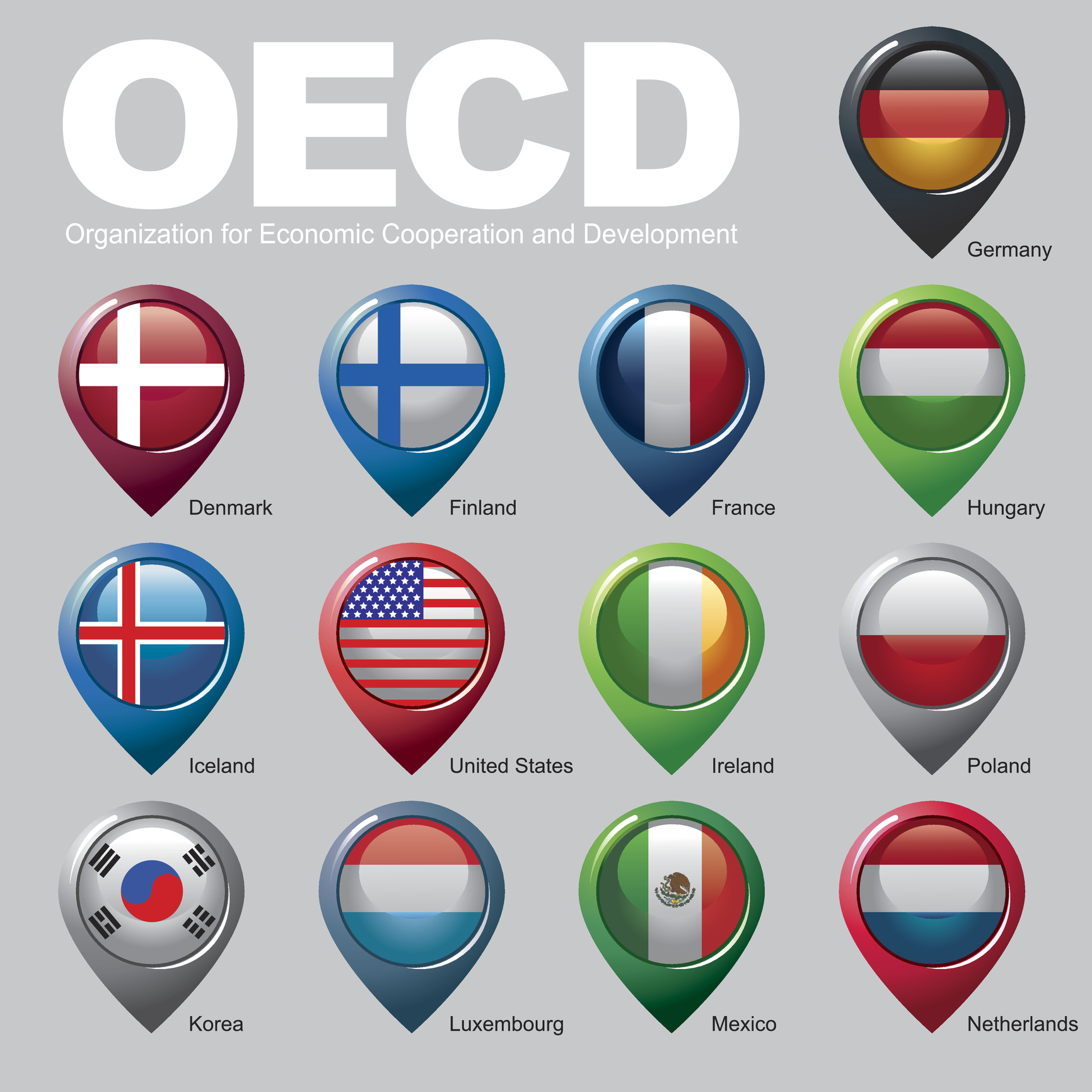
In its monthly Oil Market Report for January released Friday morning, the International Energy Agency (IEA) said that global crude supplies plummeted by 1.5 million barrels per day, primarily due to lower output from both OPEC and non-OPEC producers. Total January supply came in at 96.4 million barrels a day, some 730,000 barrels a day below the January 2015 total.
The IEA projects global demand growth of 1.6 million barrels a day for 2016, up from 1.5 million barrels a day in the December report.
For 2017, however, the IEA forecasts demand growth of 1.4 million barrels a day, up by 100,000 barrels a day month over month. The agency attributed the upward revision to recent improvement in industrial activity.
OPEC crude oil production fell by 1 million barrels a day to 32.06 million barrels, indicating a 90% compliance record with the agreed-upon production cuts announced last December. Declines in OPEC production were partly offset by rising production among non-OPEC nations. The IEA expects non-OPEC production to rise by 400,000 barrels a day in 2017, a swing of 1.2 million barrels from the 2016 production decline of 800,000 barrels a day.
December-end commercial inventories in OECD nations dropped by nearly 800,000 barrels a day to below 3 billion barrels. Commercial inventories posted a record 3.111 billion barrels last July. Stockpiles continued to build in China and other emerging economies and volumes of oil at sea also increased.
Regarding non-OPEC production going forward the IEA said:
For non-OPEC countries outside of the output deal, we expect significant increases in production in, for example, Brazil, Canada and the US whose combined output is expected to grow by 750 kb/d in 2017. The net change for non-OPEC production in 2017, taking into account cuts by eleven countries, is close to a 400 kb/d increase. For US [shale oil], recent increases in drilling activity suggest that production will recover and the IEA’s forecast is growth of 175 kb/d for the year as a whole with production in December expected to be 520 kb/d up on a year earlier. …
We do not forecast what OPEC production will be during the six months covered by the output deal; but if the January level of compliance is maintained, the difference between global demand and supply implies a stock draw of 0.6 mb/d. It should be remembered, though, that this stock draw is from a great height. OECD stocks of crude and products have fallen for five consecutive months and in 4Q16 they drew by nearly 800 kb/d. At the end of the year they were still 286 mb above the five-year average level and by the end of 1H17 they will remain significantly above average levels.
Just before noon Friday, West Texas Intermediate crude for March delivery traded at $53.99 a barrel, up 1.9% from Thursday’s closing price of $53.00. Brent crude for April delivery traded up slightly more than 2% at $56.78 a barrel in London.
Take Charge of Your Retirement In Just A Few Minutes (Sponsor)
Retirement planning doesn’t have to feel overwhelming. The key is finding expert guidance—and SmartAsset’s simple quiz makes it easier than ever for you to connect with a vetted financial advisor.
Here’s how it works:
- Answer a Few Simple Questions. Tell us a bit about your goals and preferences—it only takes a few minutes!
- Get Matched with Vetted Advisors Our smart tool matches you with up to three pre-screened, vetted advisors who serve your area and are held to a fiduciary standard to act in your best interests. Click here to begin
- Choose Your Fit Review their profiles, schedule an introductory call (or meet in person), and select the advisor who feel is right for you.
Why wait? Start building the retirement you’ve always dreamed of. Click here to get started today!
Thank you for reading! Have some feedback for us?
Contact the 24/7 Wall St. editorial team.




